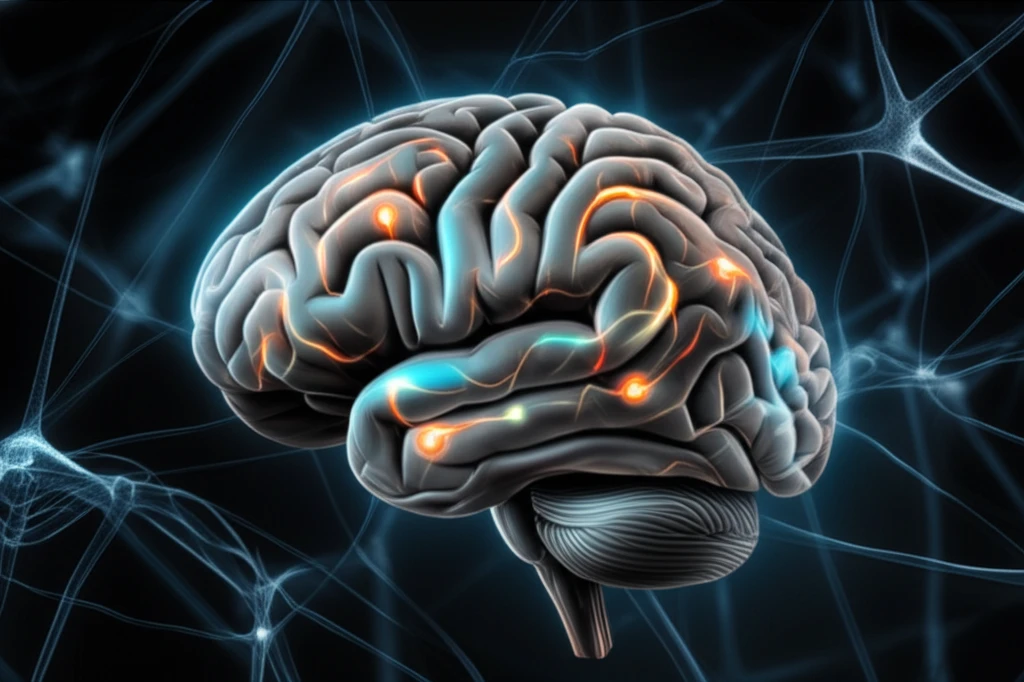
Unlocking Hope: New Insights into Brain Tumor Treatment and Access
"Discover the latest advancements in glioblastoma therapy, the challenges of equitable access to care, and promising research in tumor cell migration."
Brain tumors, particularly glioblastoma multiforme (GBM), present significant challenges in treatment due to their aggressive nature and infiltrative growth. Recent research is focusing on innovative methods to improve patient outcomes, from novel drug delivery systems to understanding the cellular mechanisms that drive tumor spread. This article delves into three key areas of neuro-oncology, highlighting both breakthroughs and persistent barriers to care.
The first area explores a new drug delivery system using a polymer hydrogel loaded with chemotherapeutic agents. This approach aims to provide a more targeted and effective treatment for recurrent GBM, reducing systemic toxicity and improving patient survival rates. The second area examines the geographical disparities in access to 5-aminolevulinic acid (5-ALA) in the UK, a crucial agent for fluorescence-guided surgery that improves tumor resection. Lastly, we investigate how modulating cellular migration through specific molecular pathways could offer new therapeutic strategies to combat GBM's invasive behavior.
Understanding these advancements and challenges is crucial for patients, caregivers, and healthcare professionals alike. By staying informed, we can advocate for better access to care, support ongoing research, and ultimately improve the lives of those affected by brain tumors.
Targeted Chemotherapy: A New Approach to Treating Recurrent Glioblastoma

Recurrent glioblastoma presents a formidable challenge due to its resistance to conventional therapies and the limitations of systemic drug delivery. A promising strategy involves local chemotherapy using a polymer hydrogel loaded with Irinotecan, a chemotherapeutic agent. This method leverages the controlled-release characteristics of DC Beads™, which are already approved for commercial use. By implanting the Irinotecan-loaded hydrogel directly into the resection margin after surgery, clinicians aim to maximize drug concentration at the tumor site while minimizing systemic toxicity.
- Reduced Systemic Toxicity: Local delivery minimizes exposure of healthy tissues to chemotherapy.
- Effective Drug Concentration: High drug levels at the tumor site improve treatment efficacy.
- Improved Patient Outcomes: Potential for longer survival and better quality of life.
Looking Ahead: The Future of Glioblastoma Therapy
The fight against glioblastoma is far from over, but the advancements discussed here offer a beacon of hope. By continuing to explore innovative treatment strategies, addressing disparities in access to care, and unraveling the complexities of tumor cell migration, we can strive towards a future where glioblastoma is no longer a death sentence, but a manageable condition. Further research and collaborative efforts are essential to translate these findings into tangible benefits for patients and their families.
